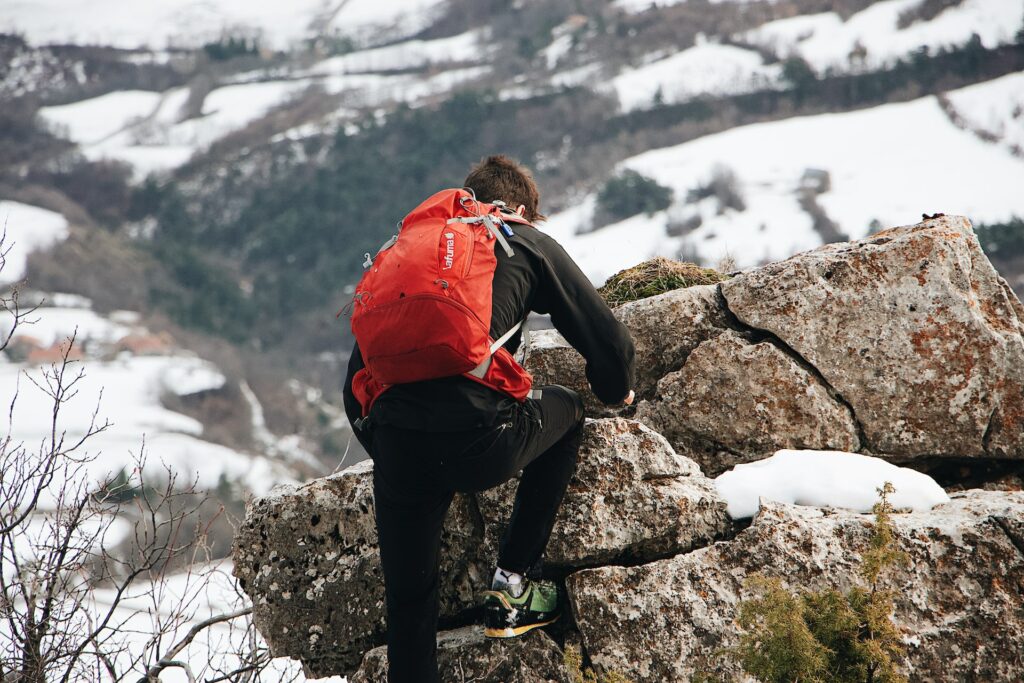How to avoid altitude sickness while travelling
Introduction
Altitude sickness is the result of your body being unable to adjust to lower oxygen levels at high altitudes. This can happen when you travel quickly to an area above 8,000 feet (2,400 meters) or higher — a condition known as acute mountain sickness or AMS. Altitude sickness can affect anyone but is more likely among people traveling quickly or at high elevations for extended periods of time without taking precautions against it. If your symptoms are mild and go away within 24 hours after reaching high altitude, then you probably don’t have anything serious called life-threatening high-altitude pulmonary edema (HAPE). However, if they get worse over time then they may indicate a more serious case of HACE which is potentially fatal if left untreated.

What is altitude sickness? Also called acute mountain sickness or AMS, altitude sickness occurs when you breathe in less oxygen than your body is used to.
At higher altitudes, the air contains less oxygen than at sea level. As a result, your body has to work harder to get enough of it into your lungs. This can lead to high altitude sickness—a headache, nausea and vomiting that usually occur after spending time at high altitudes (around 8,000 feet above sea level).
The good news is that most people will experience only mild altitude sickness symptoms when they arrive in a new area with lower oxygen levels. And if you’re aware of what to expect and take preventive measures before you go on your trip, there’s no reason why you can’t enjoy all the wonders that nature has in store for you. Please see the NHS website for further information on what is altitude sickness – https://www.nhs.uk/conditions/altitude-sickness/
Symptoms of altitude sickness typically start between 6 and 24 hours after you reach the altitude of 8,000 feet (2,400 meters) or higher.
Symptoms of high altitude sickness typically start between 6 and 24 hours after you reach the altitude of 8,000 feet (2,400 meters) or higher. Symptoms include:
- Dizziness
- Headache
- Nausea
- Rapid pulse (heart rate) and breathing
Mild altitude sickness symptoms may last for just a few hours.
A mild headache and feeling dizzy or nauseous are common symptoms of altitude sickness. These symptoms can be mild and last for just a few hours, but they can also be severe enough to require altitude sickness medication.
Symptoms tend to occur during the night, as your body tries to adjust to the lower oxygen levels at higher altitudes. Other signs and symptoms of altitude sickness include:
- Dizziness
- Shortness of breath
- A dry cough (dry throat)

More severe symptoms can last for several days and even cause death in some cases.
More severe symptoms can last for several days and even cause death in some cases. In addition to nausea, vomiting and confusion (which may indicate altitude sickness), you may experience dizziness or fainting when changing positions quickly.
If you have any of these severe symptoms, go to a lower altitude as soon as possible. If the symptoms don’t improve within 24 hours then it is time to seek medical help from your doctor.
Altitude sickness treatment involves going to a lower altitude as soon as possible and medication before ascending.
It is important to go to a lower altitude as soon as possible, even if this means getting off the tour. Travellers who have severe symptoms should be evacuated to lower ground immediately by ambulance or helicopter.
If you decide to continue with your tour, it is important that you rest at an appropriate level of exertion and avoid strenuous activity until you feel better. You should drink plenty of water and eat food that contains salt (e.g., soup, bread).
If you’re a person who has already experienced altitude sickness in the past, medication such as acetazolamide for altitude sickness exists. Acetazolamide prevents AMS when taken before ascending and can also speed up recovery if taken after symptoms have developed.
Acetazolamide for altitude sickness works by acidifying the blood and reducing the respiratory alkalosis associated with high elevations, therefore increasing respiration and arterial oxygenation and speeding acclimatization.
If you’re planning an extended trip at high altitudes, especially above 8,200 feet (2,500 meters), discuss preventive measures with your doctor before you leave.
- If you’re planning an extended trip at high altitudes, especially above 8,200 feet (2,500 meters), discuss preventive measures with your doctor before you leave. Your doctor can suggest the best altitude sickness medication for you and determine whether taking it every day is necessary.
- For short trips to high elevations, take acetazolamide for altitude sickness as directed by a medical professional or follow the dosage instructions on the label of any OTC drugs containing acetazolamide (such as Diamox).
- Avoid dehydration and avoid heavy exercise during initial acclimatization. These actions will help prevent AMS symptoms from occurring in the first place.

Anyone can get altitude sickness but it’s more common among people who ascend quickly and don’t acclimatize gradually to higher elevations.
Altitude sickness is a common condition that affects people who travel to high altitudes. Anyone can get altitude sickness but it’s more common among people who ascend quickly and don’t acclimatize gradually to higher elevations.
Altitude sickness is also known as acute mountain sickness (AMS), because it typically begins soon after arriving at high elevation, though it can occur later on in an expedition. It should be distinguished from chronic mountain sickness (CMS), which occurs over time at low altitudes and has symptoms similar to those of AMS; however, the causes are different.
The most common symptom of AMS is headache that gets worse with exertion such as hiking up steep terrain or climbing stairs; other symptoms include nausea, vomiting and loss of appetite due to dehydration from vomiting or diarrhoea.
If symptoms are mild and go away within 24 hours without medication or altitude sickness treatment: no need for concern! Just rest until your symptoms go away then return home when ready. If, however, they persist beyond 24 hours or worsen significantly: seek medical attention immediately!
Altitude sickness can be very serious, so it’s best to be prepared before going on a trip in high places.
Altitude sickness can be very serious, so it’s best to be prepared before going on a trip in high places. There are ways that you can prevent altitude sickness or treat it if you do become ill.
- Minimize your alcohol intake: Alcohol is dehydrating and lowers your body’s ability to acclimate to the higher elevation.
- Avoid overdoing it physically: If you feel sleepy or lightheaded while hiking, slow down and rest more often.
- Drink plenty of water: Drinking enough fluids will help keep your circulation regular as well as hydrate your body during what may be a strenuous hike.
Conclusion
It’s important to understand the effects of altitude, and how to avoid it. The good news is that you can take steps to prevent altitude sickness before you even leave home. These include eating well, resting up before your trip, and avoiding alcohol or tobacco use when flying will increase your risk for developing this condition.












